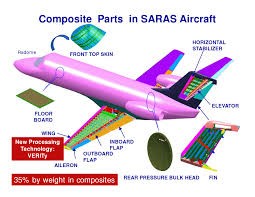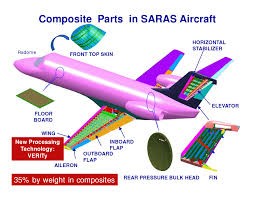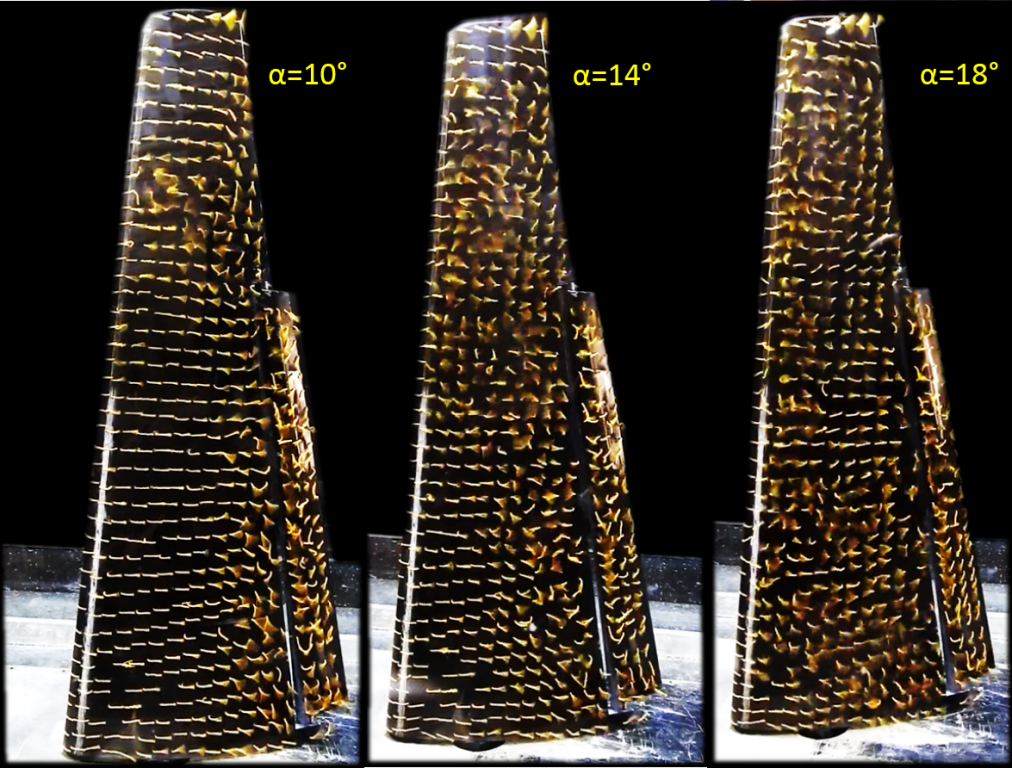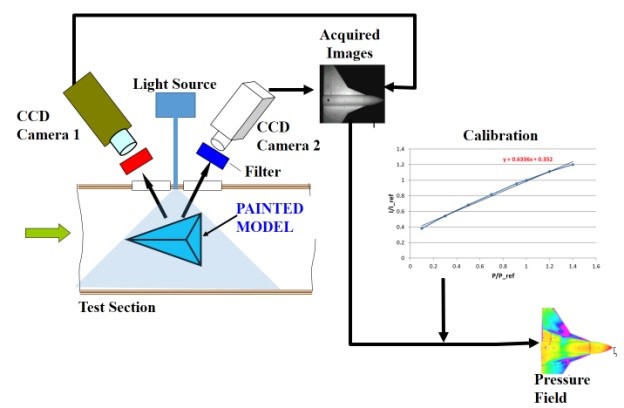
Aeroacoustics
Jet noise continues to be the dominant component of community noise during the takeoff segment, even for modern commercial aircraft. Aeroacoustics of high speed jets has become an important area of research in the last decade to address issues in aircraft certification, community and cabin interior noise and launch vehicle acoustic loads etc. Despite significant research carried out over the last 50 years, there is no accepted complete theory for the generation and radiation of jet noise. The primary reasons for this difficulty are the lack of a universally agreed-upon theory of noise generation in turbulent flows and the challenge in making experimental measurements in (often heated) high-speed jets. There is now significant effort underway to reduce the noise from high speed jets employing both passive and active flow control. Understanding of aeroacoustics involves addressing certain fluid dynamic issues like investigation of jet mixing, role of coherent structures in jet development, noise generation and the interaction between shock waves and coherent structures. A detailed knowledge of the entire turbulent flow field is necessary to predict noise and new non-intrusive optical techniques like PIV that permit the measurement of the turbulent fluctuations and BOS which yields quantitative density fields offer significant promise to link the flow and acoustic fields. Aeroacoustic studies on jet noise are traditionally carried out inside an anechoic chamber. These studies involve identification of these jet noise sources emanating from a nozzle with single or multi-point (array) acoustic measurements using microphones. Typical setup scenarios involved measurements with microphones mounted along a polar or linear array with the microphones arranged at regular intervals. These studies have been carried out in both acoustic near field and far field, with supersonic and subsonic nozzles of different exit geometry. The acoustic field of the jet emanating from the nozzles is usually characterized by analysis of the frequency spectra obtained from the microphone signals. Further, these studies were limited to comparisons between sound pressure levels (SPLs) and Over-All Sound Pressure Levels (OASPLs) alone or correlations between two microphones traversed along the jet flow direction. Such comparisons provide a qualitative view of advantage or disadvantage of a nozzle configuration but shed very little light on noise source modification due to nozzle exit geometry. Recently it has been realized that the jet noise source identification efforts require simultaneous measurements that can be correlated to ascertain the extent of sources both in time and space. Due to the lack of high speed instrumentation, earlier efforts at simultaneous measurements were limited to two or three microphones directed at regions of interest. However, at present, high fidelity systems capable of multi-channel simultaneous data acquisition with sampling rates as high as 250 kHz have been developed. Such systems have expanded the horizons of jet noise research and provided the researchers with capabilities to apply different statistical tools such as cross-correlation factor, coherence, bi-coherence etc., other than just auto-correlation factor. These tools provide new methods for understanding jet noise localization and its characterization using far-field measurements.

 English
English हिन्दी
हिन्दी







